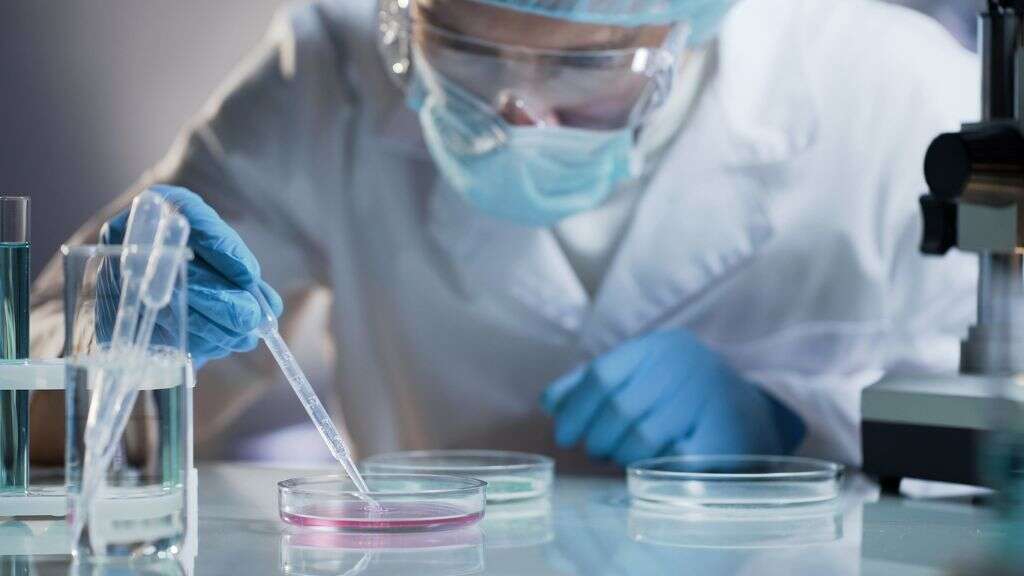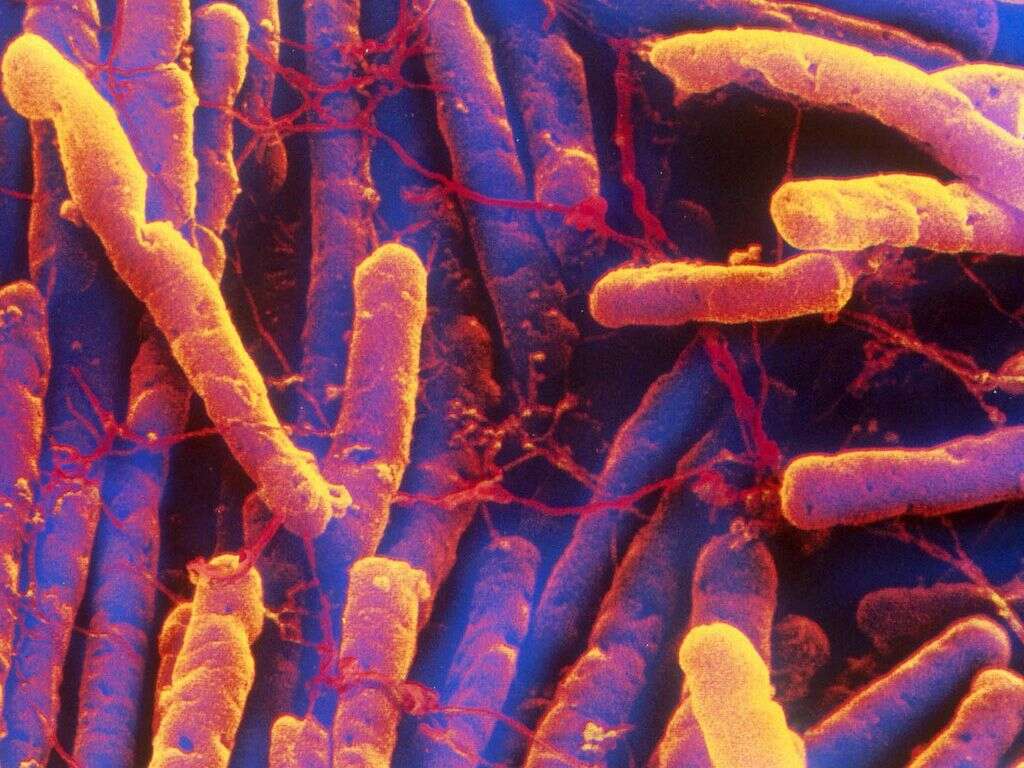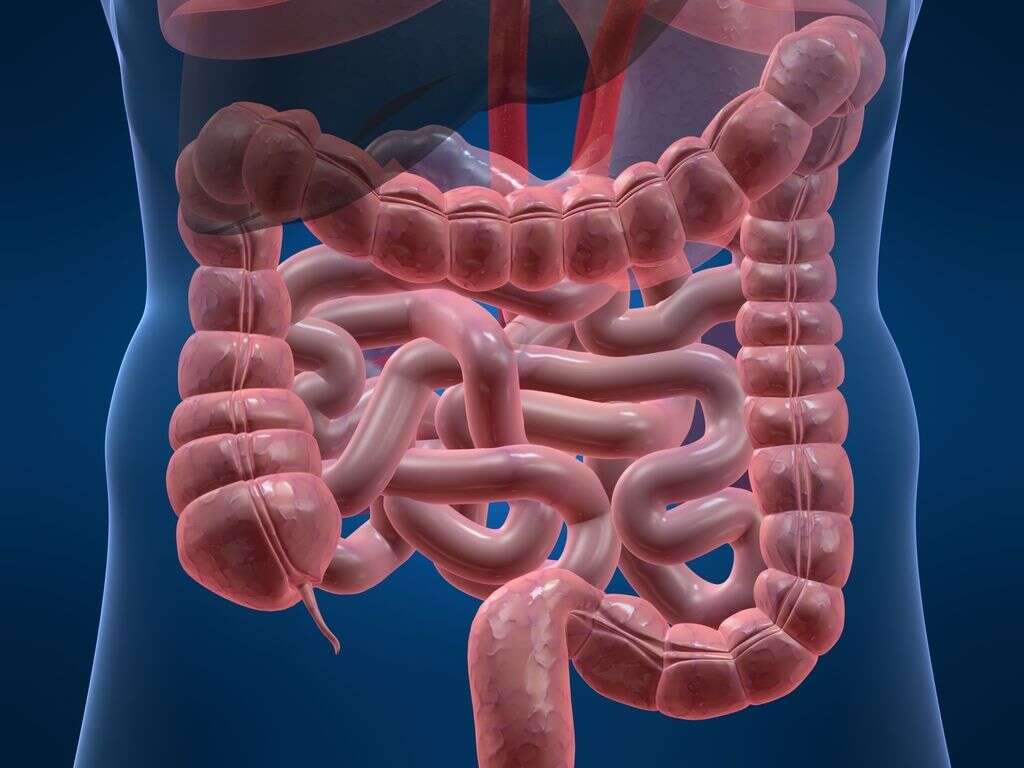What Are Klebsiella Pneumoniae?
One of the most abundant types of bacteria in the human body belongs to a class known as Klebsiella pneumoniae. It is commonly found in the intestines and feces, where it is relatively harmless in people with a healthy immune system. Up to one-third of all people have K. pneumoniae in their digestive tract. However, if it enters other parts of the body, severe infections can result.
Hospital settings are the most likely places to contract a K. pneumoniae infection. The widespread use of antibiotics in hospitals complicates treatment and helps contribute to antibiotic-resistant superbugs. Here are the answers to 10 common questions about Klebsiella pneumoniae infections, their symptoms and therapies used to treat them.

1. How Many Types of Klebsiella Pneumoniae Are There?
There are two distinct types of K. pneumoniae bacterium: those with capsules surrounding their cells and those without them. Non-encapsulated forms of the bacteria are not highly infectious and are unlikely to cause illness.
Within capsular Klebsiella pneumoniae bacteria, there are more than 70 distinct subtypes. The capsule is made up of complex acidic polysaccharides that serve to protect the bacterium from natural immune responses. It also aids attachment to cellular structures within the body. These features work together to increase the bacterium’s pathogenicity.

2. What Conditions Do They Cause?
Klebsiella is a Gram-negative strain of bacteria that can result in a variety of illnesses, including meningitis, endophthalmitis and urinary tract infections. It may also cause an infection of the bloodstream or a wound or incision site. The type of disease or illness that K. pneumoniae causes will depend on where it settles within your body.
One of the most common illnesses caused by Klebsiella pneumoniae is bacterial pneumonia. This lung infection can develop if the bacteria enter the lungs or respiratory tract. Klebsiella infections cause more than 10% of worldwide hospital-acquired cases of pneumonia.
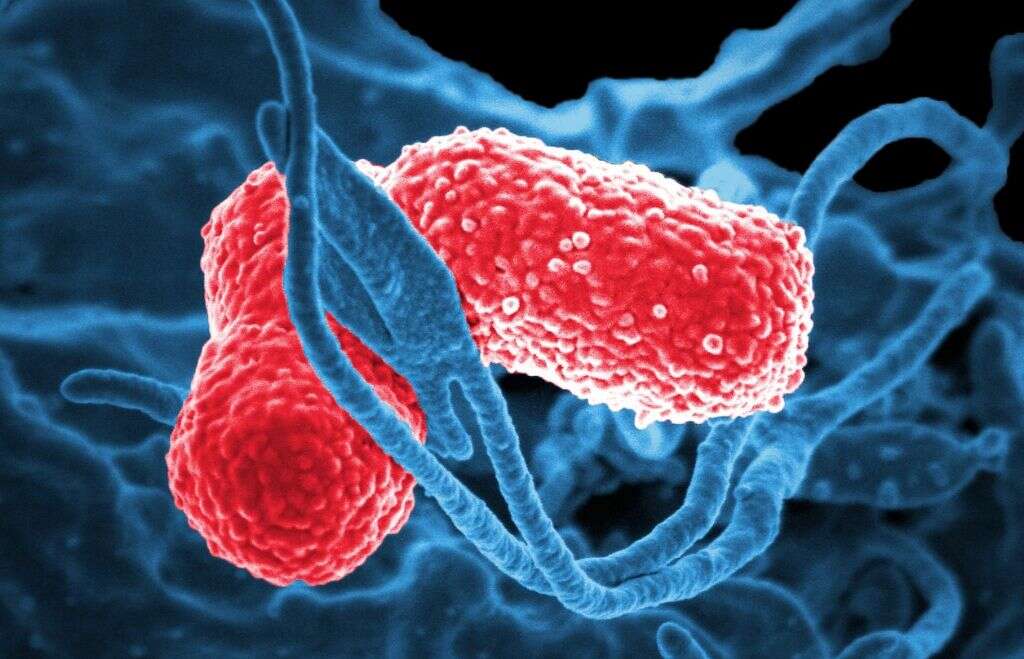
3. What Are the Symptoms of a Klebsiella Pneumoniae Infection?
As with most bacterial infections, Klebsiella can cause a high fever, chills and associated pain. Lethargy, nausea and vomiting are also quite common. Other symptoms vary widely depending on what part of the body is impacted by infection.
Patients diagnosed with pneumonia will likely experience a cough, chest pains and shortness of breath. Those with urinary tract infections may notice an increased urgency to urinate, burning pain while urinating and lower back or abdominal pain. Skin infections may result in discharge, pain and swelling at the infection site.

4. What Tests Are Used to Diagnose Klebsiella Pneumoniae?
Diagnosis can depend on the type of K. pneumoniae infection that is present. A physical exam can detect signs of infection such as fever, pain, inflammation and redness. Diagnostic imaging tests, including chest X-rays, MRIs, PET and CAT scans, can aid in determining the extent and severity of an infection.
A history of hospitalization or other risk factors for infection can help point to a K. pneumoniae diagnosis. However, studying a sample from the affected area is the only way to confirm it definitively. As a result, your doctor may collect a small tissue, blood, urine, spinal fluid or sputum sample to look for signs of the bacteria.
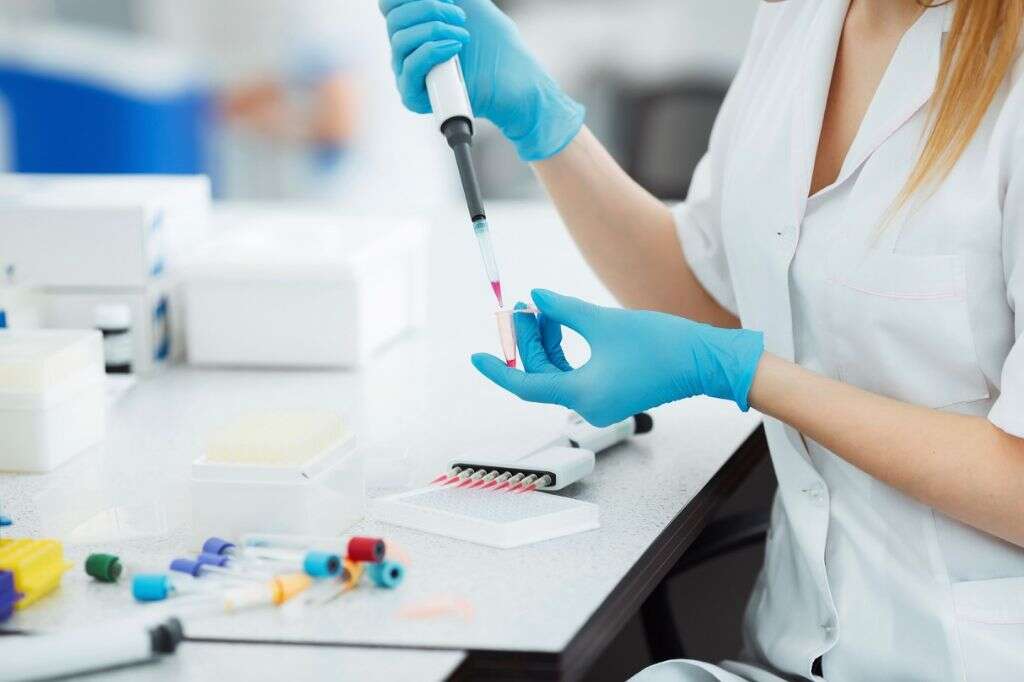
5. How Is Klebsiella Pneumoniae Treated?
Because it is a bacterium, K. pneumoniae infections are treated with antibiotics. Both cephalosporins and carbapenems are commonly prescribed and can effectively treat an infection. In addition to antibiotics, therapies can be used to address specific symptoms. Anti-inflammatories target swelling and pain and may also help reduce fevers.
Unfortunately, some bacteria strains have developed resistance to several classes of antibiotics, which makes treatment more difficult and reduces its success rate. If an infection does not clear up right away, your doctor will probably try another type of drug. In severe cases, doctors may request further testing to determine what medications will work best.

6. How Does Klebsiella Pneumoniae Spread?
K. pneumoniae is not an airborne illness. That means it cannot be transmitted through the air. Instead, you must come in direct contact with the bacteria to get sick. Contact may be made directly with someone who is infected or with an intermediary person or object that has been contaminated.
Infection is much more likely to occur in a hospital or other healthcare setting where antibiotics are commonly used, and patients may be immunocompromised. Open wounds and incisions pose an added risk. Contamination can also happen during the insertion or removal of certain medical devices such as ventilator tubes, catheters and IV lines.

7. Who Is at Risk of Infection?
Increasing age and being in a healthcare setting are the primary risk factors for K. pneumoniae infection. Those with compromised immune systems are also much more likely than others to develop an infection after exposure. Both long term steroid and antibiotic use can suppress immune function.
Several medical conditions can increase your risk of developing complications from K. pneumoniae. These include alcoholism, diabetes, lung disease, kidney failure, COPD and certain types of cancer.

8. Can It Be Prevented?
The only way to guarantee you don’t develop an infection is to avoid contact with the bacteria. Unfortunately, that is nearly impossible for many people. You can take steps to lower your risk of becoming infected after contact, though. Frequent hand washing is especially effective at reducing transmission.
Since K. pneumoniae is commonly found in feces, washing your hands after using the bathroom can help reduce the risk of transmission. You should also wash them before you eat, drink or touch your face; after coughing or sneezing, and both before and after changing any wound dressings.

9. When Should You Seek Medical Care?
If you think you may have a Klebsiella pneumoniae infection, contact your healthcare provider right away to schedule an appointment. Infections can progress rapidly, so starting treatment early is critical to success. Seek immediate medical attention if you experience chest pain, shortness of breath or trouble breathing associated with pneumonia.
You should always take all of your medication exactly as it was prescribed. If your symptoms do not improve, you may have a resistant strain. Contact your doctor to discuss other antibiotics that might be more effective.

10. What Is the Prognosis After a Klebsiella Pneumoniae Diagnosis?
Factors such as age, underlying medical conditions and the specific strain causing an infection can influence the likelihood of recovery. For many young, healthy people who develop an infection, the prognosis is good to excellent, and a full recovery is quite common.
Pneumonia caused by K. pneumoniae can be particularly challenging to treat. The mortality rate for it is nearly 50% in a hospital setting. For those who survive, there can be lasting effects and damage to the lungs that affect everyday activities. Early treatment increases the chance of a full recovery.
